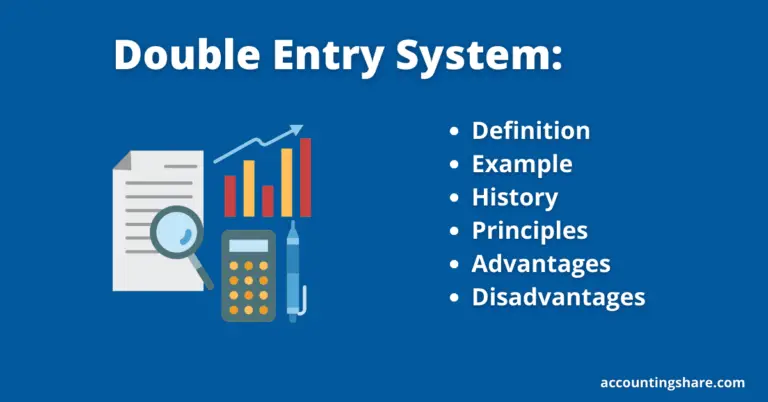Top 12 Differences Between The Double Entry and Single Entry Systems [With PDF]
In this article, we’ll look at the top 12 differences between the double entry and single entry systems.
So let’s get started.
A double-entry system is a method by which each transaction is recorded by debiting one of the dual entities or parties and crediting the same amount to the other.
The single-entry system refers to the method by which the two parties involved in each transaction are not always recorded in the books of accounts, i.e., two parties are recorded in some transactions, one party is recorded in some transactions, and some transactions are not recorded at all.
Differences Between The Double Entry and Single Entry Systems
The following are the differences between the double-entry system and the single-entry system.
| Sl No. | Subjects of Difference | Double Entry System | Single Entry System |
| 1. | Completeness | Every transaction is completely recorded using this method. | Not all transactions are recorded completely in this manner. |
| 2. | Accounts | All types of accounts are kept using this method. | Only personal accounts and, on occasion, cash accounts are kept using this method. |
| 3. | Basis | It is based on scientific rules and regulations. | It is completely unscientific and does not follow any rules or regulations. |
| 4. | Mathematical accuracy | Using this method, a trial balance can be used to verify the mathematical accuracy of the accounting. | A trial balance cannot be prepared in this manner, and the accounting’s mathematical accuracy cannot be verified. |
| 5. | Financial status | The overall financial condition of the business can be determined by preparing a statement of financial condition on a specific date as long as it keeps the overall account. | Accurate financial statements cannot be determined by preparing financial statements because accurate accounts of all assets are not available in this method. |
| 6. | Errors and fraud | This is a comprehensive method with a lower risk of errors and fraud. | This is an inexperienced method that is more prone to errors and fraud. |
| 7. | Comparative analysis | This allows for comparative analysis and interpretation of accounts from different years. | It is not possible to make comparative analyses and explanations between different years because it does not store complete information. |
| 8. | Cost | This is a cost-effective method. | This is a relatively low-cost method. |
| 9. | Accountant | It necessitates the services of an experienced accountant because it is subject to strict rules and regulations. | It is not subject to any rules or regulations because anyone can save books in this manner. |
| 10. | Usage Area | It is a scientific method that is used in every organization. | It is only used in small organizations because it is not a scientific method. |
| 11. | Adaptability | Its rules and principles are constantly evolving as a result of research. | It is unchangeable because no research has been conducted on it. |
| 12. | International recognition | It is internationally recognized as a complete, reliable, and scientific method. | There is no international recognition that the single entry system is not a scientific method. |
According to the preceding discussion, we can say that the double-entry system is a more acceptable method than the single-entry system.
As a result, the double-entry system is now widely used in the majority of institutions.
You can also read:





